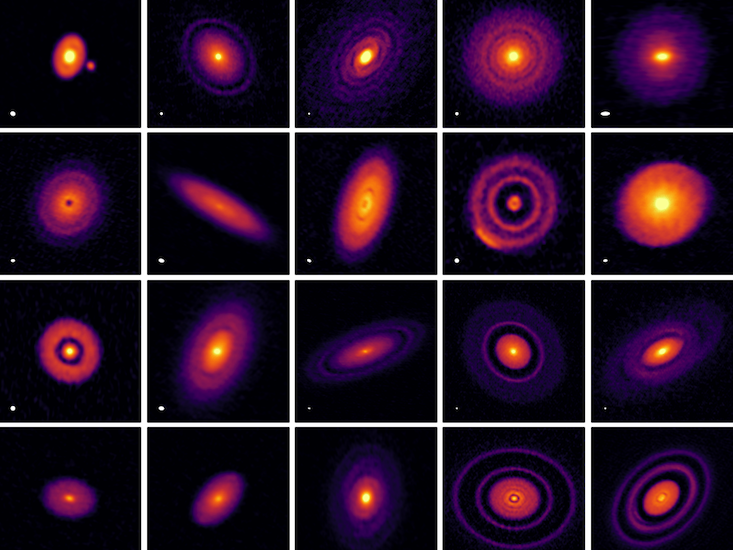A duo of MIT researchers has created the most detailed atlas of the world’s largest oxygen deficient zones, biogeochemical regions of the global ocean that occur naturally, as a consequence of marine microbes gobbling up sinking phytoplankton along with all the available oxygen in the surroundings.
Oxygen deficient zone intensity across the eastern Pacific Ocean, where copper colors represent the locations of consistently lowest oxygen concentrations and deep teal indicates regions without sufficiently low dissolved oxygen. Image credit: Jarek Kwiecinski & Andrew Babbin.
Oxygen deficient zones happen to lie in regions that miss passing ocean currents, which would normally replenish regions with oxygenated water.
As a result, these zones are locations of relatively permanent, oxygen-depleted waters, and can exist at mid-ocean depths of between roughly 35 to 1,000 m (115-3,281 feet) below the surface.
Over the last four decades, researchers have explored these regions by dropping bottles down to various depths and hauling up seawater that they then measure for oxygen.
“But there are a lot of artifacts that come from a bottle measurement when you’re trying to measure truly zero oxygen,” said Professor Andrew Babbin, a researcher in the Department of Earth, Atmospheric and Planetary Sciences at MIT.
“All the plastic that we deploy at depth is full of oxygen that can leach out into the sample. When all is said and done, that artificial oxygen inflates the ocean’s true value.”
Rather than rely on measurements from bottle samples, Professor Babbin and his colleague, Jarek Kwiecinski, looked at data from sensors attached to the outside of the bottles or integrated with robotic platforms that can change their buoyancy to measure water at different depths.
These sensors measure a variety of signals, including changes in electrical currents or the intensity of light emitted by a photosensitive dye to estimate the amount of oxygen dissolved in water.
In contrast to seawater samples that represent a single discrete depth, the sensors record signals continuously as they descend through the water column.
The scientists reasoned that, if sensors showed a constant, unchanging value of oxygen in a continuous, vertical section of the ocean, regardless of the true value, then it would likely be a sign that oxygen had bottomed out, and that the section was part of an oxygen-deficient zone.
They brought together nearly 15 million sensor measurements collected over four decades by various research cruises and robotic floats, and mapped the regions where oxygen did not change with depth.
“We can now see how the distribution of anoxic water in the Pacific changes in three dimensions,” Professor Babbin said.
The team mapped the boundaries, volume, and shape of two major oxygen deficient zones in the tropical Pacific, one in the northern hemisphere, and the other in the southern hemisphere.
They were also able to see fine details within each zone. For instance, oxygen-depleted waters are ‘thicker,’ or more concentrated towards the middle, and appear to thin out toward the edges of each zone.
“We could also see gaps, where it looks like big bites were taken out of anoxic waters at shallow depths,” Professor Babbin said.
“There’s some mechanism bringing oxygen into this region, making it oxygenated compared to the water around it.”
Such observations of the tropical Pacific’s oxygen-deficient zones are more detailed than what’s been measured to date.
“How the borders of these oxygen deficient zones are shaped, and how far they extend, could not be previously resolved,” Professor Babbin said.
“Now we have a better idea of how these two zones compare in terms of areal extent and depth.”
“This gives you a sketch of what could be happening,” Kwiecinski added.
“There’s a lot more one can do with this data compilation to understand how the ocean’s oxygen supply is controlled.”
The team’s work was published in the journal Global Biogeochemical Cycles.
_____
Jarek V. Kwiecinski & Andrew R. Babbin. A High-Resolution Atlas of the Eastern Tropical Pacific Oxygen Deficient Zones. Global Biogeochemical Cycles, published online December 27, 2021; doi: 10.1029/2021GB007001
Note: This article have been indexed to our site. We do not claim legitimacy, ownership or copyright of any of the content above. To see the article at original source Click Here














